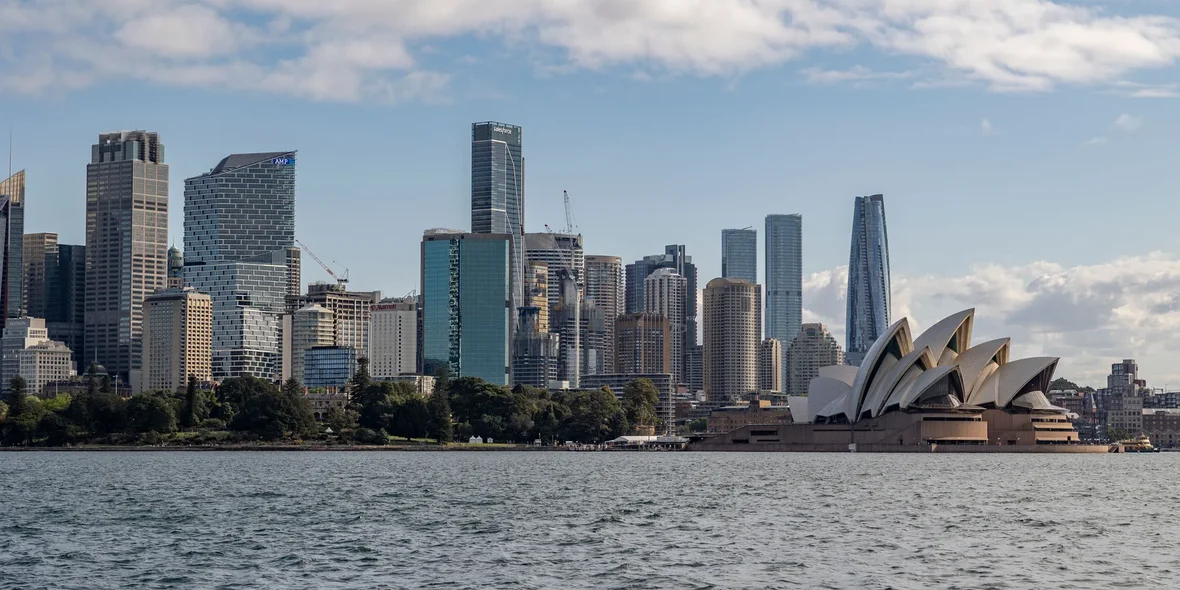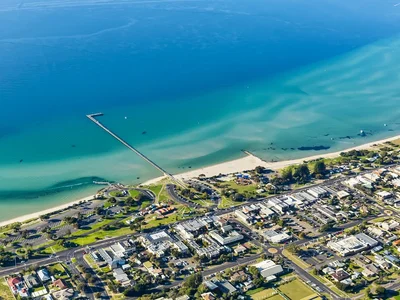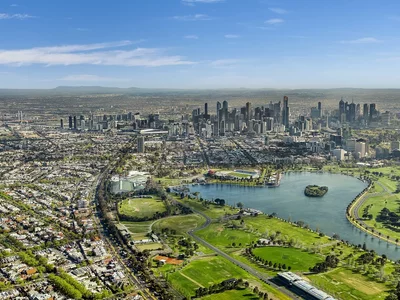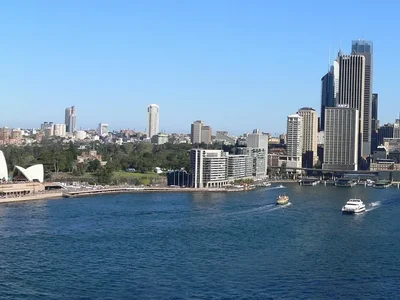
Black Friday in the Australian Rental Market, or How is It That in Australia You Can Rent Accommodation at a Significant Discount, And Sometimes For Free?
The rental housing market in Australia has been highly volatile since 2021. Systematic price declines have been followed by increases, and the rental housing shortage has turned into a surplus, with more than 100,000 properties becoming available on the market.
Currently, demand is at a record low, and landlords are doing everything possible to attract potential tenants. By the end of 2024, they even started offering rent-free periods of up to two weeks. This might sound unusual, but it’s a unique feature of the Australian rental market—rent is paid weekly rather than monthly.
In our article, we will take a closer look at what is happening in the local housing market, explore the reasons behind these changes, and delve into its key nuances.
Features of the Rental Market in Australia
Restrictions and additional requirements for foreigners apply only when purchasing property—there are no such limitations for renters. However, there are still certain nuances that can come as a surprise (and not always a pleasant one):
- Rental documents. In addition to standard identification and proof of income, tenants in Australia may be required to provide reference letters from previous landlords or employers. Moreover, a short personal essay might also be needed, outlining the purpose of the rental and additional details such as educational background.
- Credit history and bank account in Australia. If a tenant has just arrived in Australia, a lack of credit history and a newly opened bank account may raise concerns among local landlords. However, this is not due to bias—landlords simply want to minimize financial risks. In such cases, strong references and a well-written personal statement can significantly improve the chances of securing a rental.
- Initial deposit and general expenses. A standard rental agreement in Australia starts with a bond payment—a security deposit usually equivalent to 4 to 6 weeks’ rent, which is refunded if the property is left in good condition. Additionally, the first 2 to 4 weeks of rent must be paid upfront. However, these are not the final expenses, as utility bills may not be included in the rent. For example, if a house costs $900 per week excluding utilities, the initial payment required could range from $54,000 to $90,000, plus an additional $350—$600 ($60 per week) for utilities.
Reasons for the Current Instability in Australia’s Rental Market
In recent years, prices for buying a property in Australia have been rising (albeit moderately) due to a supply shortage. However, the most significant impact came from the COVID-19 pandemic and border closures. The flow of international migrants, particularly students, plummeted. As a result, by the end of 2021, around 100,000 rental properties sat vacant. To mitigate the blow to landlords, the government introduced subsidies, tax relief, and payment deferrals.
Overall, these measures helped stabilize the market, but they also led to a decline in the construction of new properties and a drop in housing prices. Property values fell by an average of 5–15%, with the impact being less severe in major cities and more pronounced in remote areas.
In early 2022, the government reopened borders, and migration resumed, causing the housing supply shortage to worsen again. The situation was further aggravated by a lack of new developments and landlords selling off their rental properties due to economic instability.
As a result, rental prices surged, increasing by 20% by the end of the year. The total increase exceeded 43%, as inflation-driven price hikes were compounded by the Australian government’s interest rate adjustments.
By the end of 2024, rental price growth slowed down, with the national median weekly rent rising by only 4.9% in the last quarter, reaching $620 per week. This year, the market is expected to decelerate further, with rental price growth averaging 3% annually.
Rental Discounts in Australia
Currently, a significant number of rental properties remain unclaimed, accounting for 3.8–4.7% of all listings. As a result, landlords are offering discounts of up to 20–30% off the original rental price. Some properties can even be rented for free for a period ranging from two weeks to a month. For example, an apartment in Sydney, which previously could be rented for $600 per week, is now available for $500 per week, with an additional month of free rent.
The most favorable conditions are available for long-term leases (six months or more). In such cases, landlords may waive utility bills or offer a 5–10% discount for the entire lease duration. These concessions are further incentivized by government subsidies and tax benefits.
Author
I write informative articles about real estate, investments, job opportunities, taxes, etc.























